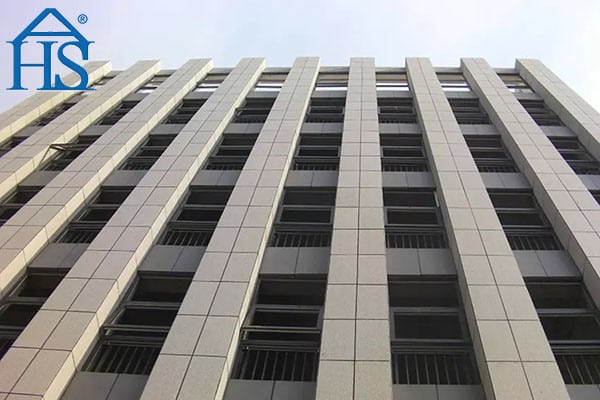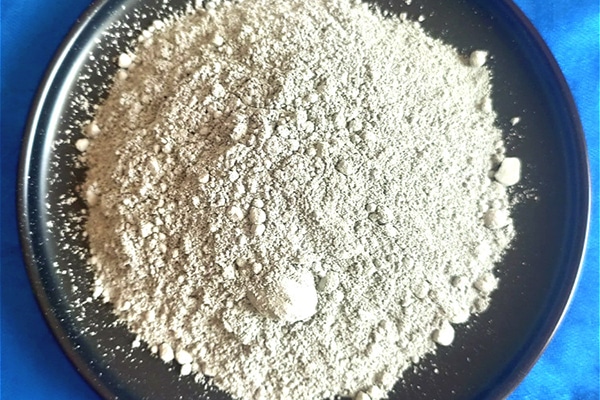1. Invoering
Silica rook, ook wel microsilica genoemd, is a byproduct of the production of silicon or ferrosilicon alloy. This amorphous form of silica is known for its high reactivity, making it an essential component in the production of high-performance concrete. This quality control manual outlines the steps to ensure the highest quality and consistency of Silica Fume produced.
2. Product Description and Specifications
Silica Fume is an ultrafine material with spherical particles less than 1 μm in diameter, the average being 0.15 μm. The standard specifications include:
SiO2-gehalte: Greater than 85%
Vochtgehalte: Less than 3%
Verlies bij ontsteking: Less than 6%
Specifiek oppervlak: 15-30 m2/g
3. Productieproces
The Silica Fume is captured from the gas released in the production of silicon and ferrosilicon alloy. The gas undergoes cooling, condensation, and collection to produce silica fume.
4. Quality Control Procedures
The main steps in the quality control process include:
4.1 Regular Sampling
Samples of Silica Fume should be taken at regular intervals from the production line. These should be representative of the product and taken at various stages of production.
4.2 Testing
Several tests are carried out on the samples to determine their characteristics. These tests include:
- SiO2-gehalte: Determine the SiO2 content through chemical analysis methods such as X-Ray Fluorescence (XRF) or Inductively Coupled Plasma Optical Emission Spectroscopy (ICP-OES).
- Vochtgehalte: Bepaal het vochtgehalte door een bekende massa Silica Fume bij constant gewicht te drogen in een oven op 105°C.
- Verlies bij ontsteking: Bepaal het gloeiverlies door een bekende massa Silica Fume in een oven op 950°C te verhitten 1 uur en het berekenen van het gewichtsverlies.
- Specifiek oppervlak: Bepaal de specifieke oppervlakte met behulp van de BET (Brunauer, Emmett en Teller) methode.
4.3 Record houden
Gedetailleerde verslagen van alle uitgevoerde tests en hun resultaten moeten worden bijgehouden. These records are necessary for tracking product quality over time and identifying potential issues.
5. Non-compliance Procedures
In case the product does not meet the required quality standards, several corrective actions may be taken. These could include reprocessing the silica fume, investigating the cause of non-compliance, or adjusting the production process to prevent future non-compliance.
6. Staff Training
Staff involved in the production and quality control of Silica Fume need to be adequately trained. They should understand the production process, the importance of maintaining product quality, and the procedures for testing and recording results.
7. Review and Updates
This manual should be reviewed regularly and updated as necessary to reflect changes in production processes, testing methods, or quality standards.
Please note that this is a general guide. Depending on your region, there may be specific standards that need to be followed when producing and testing silica fume. Always consult with a local industry expert or regulatory body to ensure compliance.





